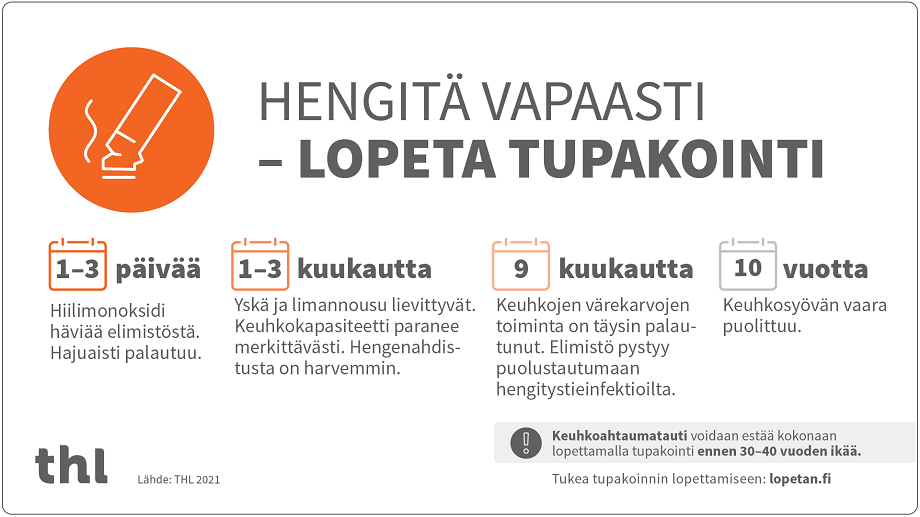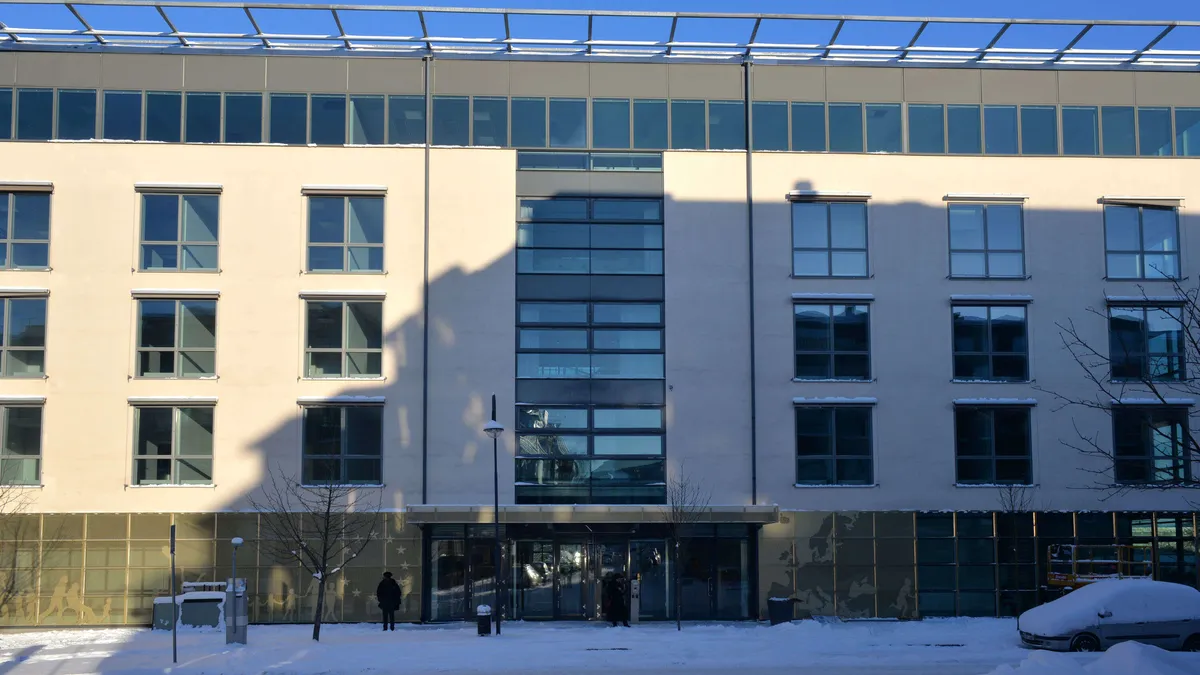- Liittynyt
- 30.10.2016
- Viestejä
- 2 360
Mielenkiintoista, että osa yksityisistä kuntosaleista pitävät salinsa auki tilanteesta huolimatta. "Kunhan tulevat vaan oireettomana treenaamaan, niin ok", ei taida ihan toimia tässä Coronan tapauksessa, kun oireettomatkin saattavat kantaa virusta? Eräs kuntosaliyrittäjä oli laittamassa ovejaan kiinni tämän takia, ja pyysi porukkaa olla peruuttamatta kuntosalijäsenyksiään. Nyt kuitenkin eilisen tiedotuksen jälkeen suunnitelmat muuttuivat ja pitävät ovet auki koska "Tällä hetkellä, Suomen hallituksen tänään tekemän linjavedon mukaan, yksityinen sektori voi pitää kuntosalit auki".
Luulisi, että tähän puututtaisiin?
Toivottavasti menevät mahdollisimman pian kiinni, kun ainakin Tampereella näyttää että paikallinen/kotimainen ketju näyttää vain haluavan hyötyä siitä että kilpaileva pohjoismainen ketju ajattelee terveys edellä. Salilla hiki lentää ja ihmiset puuskuttavat, eikä tällaisen todella helposti tarttuvan taudin kohdalla voi poissulkea kaikkia tartuntamekanismeja. Ei se hengitystieinfektio hiestä erity mutta saleilla ihmiset hiplailevat käsillään niin paljon pintoja sekä pyyhkivät kasvojaan että kontaminaatiota tapahtuu melkoisesti. Juomapullo ja hikipyyhekin ovat erinomaisia tartuntaa välittäviä välineitä.
Juurikin terveet, hyväkuntoiset ihmiset tätä tautia tyypillisesti levittävät eli ovat todennäköisemmin kuntosalienkin asiakkaita. Mitä pidemmälle mennään niin sitä todennäköisemmin kuntosaleillekin eksyy vain niitä kaikkein holtittomimmin käyttäytyviä ihmisiä, sama pätee kaikkeen muuhunkin. Välttäisin kuntosaleja, buffet-ruokailua (varsinkin suojaamattomia, avoimia kylmän ruoan pöytiä) ja julkista liikennettä kuin ruttoa tällä hetkellä.











